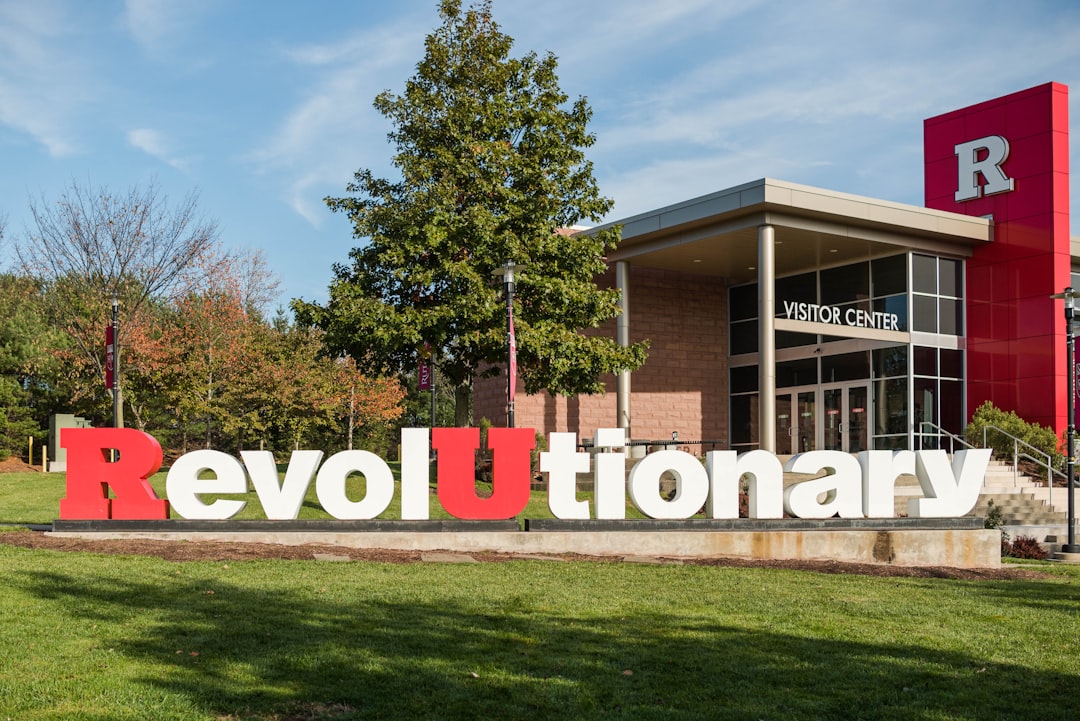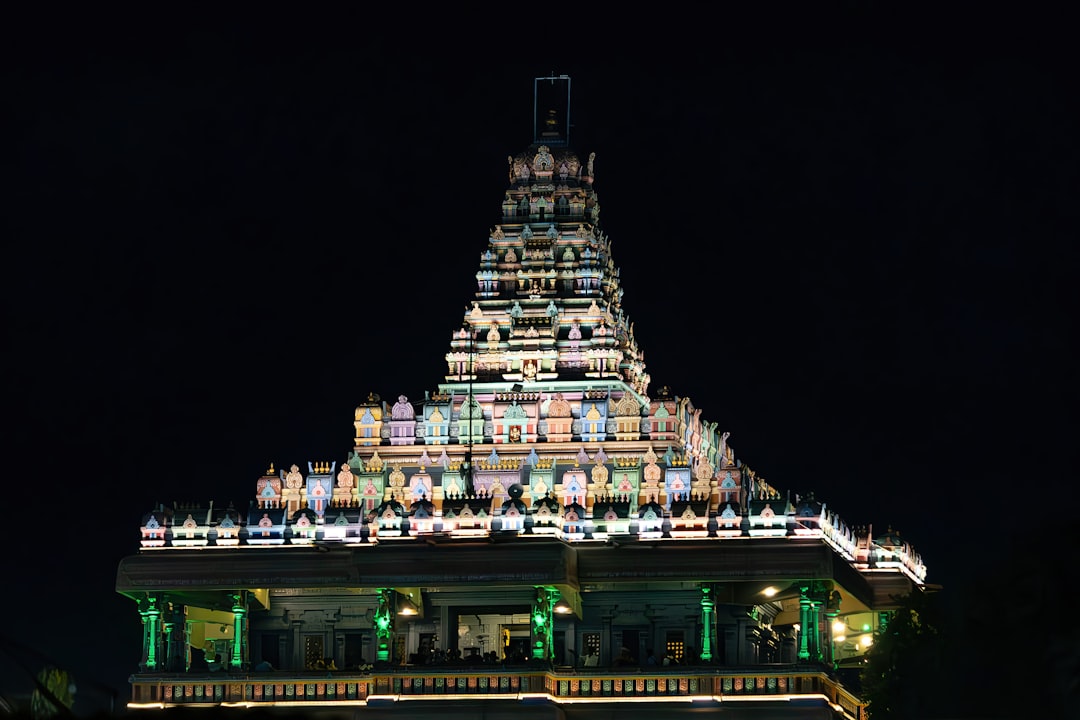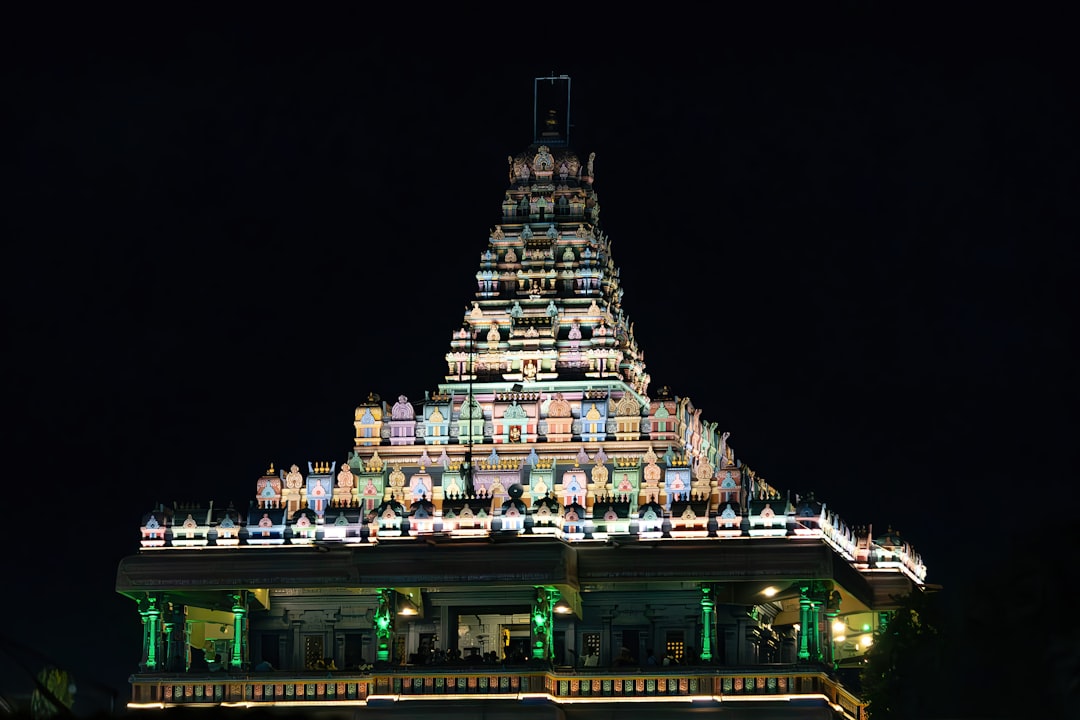Anand Bhavan, located in Allahabad (now Prayagraj), isn’t just a beautiful house; it’s a symbol of India’s fight for independence. For decades, it served as a hub for political activity, a meeting place for freedom fighters, and the home of the Nehru family, who played a crucial role in shaping modern India. Let’s explore how this house became so intertwined with the Indian freedom struggle.
A Home Turned into a Headquarters
Originally built in the 1930s to replace the older Swaraj Bhavan, Anand Bhavan quickly became more than just a family residence. Jawaharlal Nehru, India’s first Prime Minister, and his family, including his father Motilal Nehru and daughter Indira Gandhi, lived here. Motilal Nehru, a prominent lawyer and influential figure in the Indian National Congress, dedicated the house to the party’s activities. It wasn’t just a place to live; it became a nerve center for planning strategies, hosting meetings, and coordinating activities aimed at achieving independence from British rule.
Key Events and Meetings at Anand Bhavan
Anand Bhavan witnessed numerous significant events that shaped the course of the Indian freedom movement. Some important gatherings that took place here include:
- Congress Committee Meetings: Anand Bhavan regularly hosted meetings of the All India Congress Committee (AICC), where crucial decisions regarding the freedom struggle were made.
- Strategic Planning Sessions: Freedom fighters like Mahatma Gandhi, Sardar Vallabhbhai Patel, and other prominent leaders frequently visited Anand Bhavan to discuss strategies and plan campaigns against British rule.
- Negotiations and Discussions: The house also served as a venue for informal negotiations and discussions with British officials, even though the ultimate goal remained complete independence.
- Home to Young Leaders: Anand Bhavan became a training ground for young leaders like Indira Gandhi, who actively participated in the freedom movement from a young age, learning from the stalwarts who frequented their home.
The Nehru Family’s Contribution
The Nehru family’s contribution to the freedom struggle, deeply connected with Anand Bhavan, cannot be overstated.
Motilal Nehru: He was a leading figure in the Indian National Congress, advocating for complete independence. He sacrificed his lucrative legal career to dedicate himself to the freedom movement, and Anand Bhavan became his operational base.
Jawaharlal Nehru: India’s first Prime Minister, Nehru, was deeply influenced by the events and discussions that took place within the walls of Anand Bhavan. He played a pivotal role in shaping India’s post-independence policies and its position on the world stage.
Indira Gandhi: Growing up in Anand Bhavan, surrounded by freedom fighters and political discussions, Indira Gandhi was immersed in the freedom movement from her childhood. She later became Prime Minister of India and continued to uphold the values of secularism and democracy instilled in her at Anand Bhavan.
Anand Bhavan as a Symbol of Sacrifice
The Nehru family’s willingness to sacrifice their comfortable lifestyle and dedicate their home to the cause of freedom made Anand Bhavan a symbol of sacrifice. The house was often raided by the British police, and family members faced imprisonment for their involvement in the freedom movement. Despite these hardships, they remained steadfast in their commitment to independence, inspiring countless others to join the struggle.
From Home to Museum
In 1970, Indira Gandhi donated Anand Bhavan to the nation. It was converted into a museum that showcases the life and times of the Nehru family and their contribution to the Indian freedom struggle. Today, visitors can walk through the rooms where pivotal decisions were made, see personal belongings of the Nehru family, and learn about the events that shaped India’s destiny. Visiting Anand Bhavan offers a tangible connection to the past, reminding us of the sacrifices made by those who fought for India’s freedom.
Legacy of Anand Bhavan
Anand Bhavan’s legacy extends beyond its historical significance. It represents the spirit of selflessness, dedication, and unwavering commitment to a cause greater than oneself. The house stands as a testament to the power of individuals and families to make a difference in the course of history. It continues to inspire generations of Indians to uphold the values of freedom, justice, and equality.
Frequently Asked Questions
Why is Anand Bhavan so important in the Indian Freedom Struggle?
Anand Bhavan served as a central meeting place and planning headquarters for the Indian National Congress and other freedom fighters. It was also the home of the Nehru family, who were instrumental in leading the movement for independence.
Who lived in Anand Bhavan?
Anand Bhavan was the residence of the Nehru family, including Motilal Nehru, Jawaharlal Nehru, and Indira Gandhi. All three played significant roles in India’s freedom movement and later, in shaping independent India.
Can I visit Anand Bhavan today?
Yes, Anand Bhavan is now a museum open to the public. It showcases the history of the Nehru family and their contribution to the freedom struggle.
What kind of artifacts are displayed in the museum?
The museum displays personal belongings of the Nehru family, photographs, documents, and other artifacts related to their lives and the Indian freedom movement.
How did Anand Bhavan get its name?
“Anand Bhavan” translates to “Abode of Happiness.” While the origins of the name are rooted in the family’s personal connection to the house, it also reflects the optimism and hope that fueled the freedom movement.
In conclusion, Anand Bhavan is far more than just a historical building. It’s a living symbol of the Indian freedom struggle, representing the sacrifices, dedication, and unwavering spirit of those who fought for India’s independence. Its legacy continues to inspire generations of Indians to strive for a better future.



